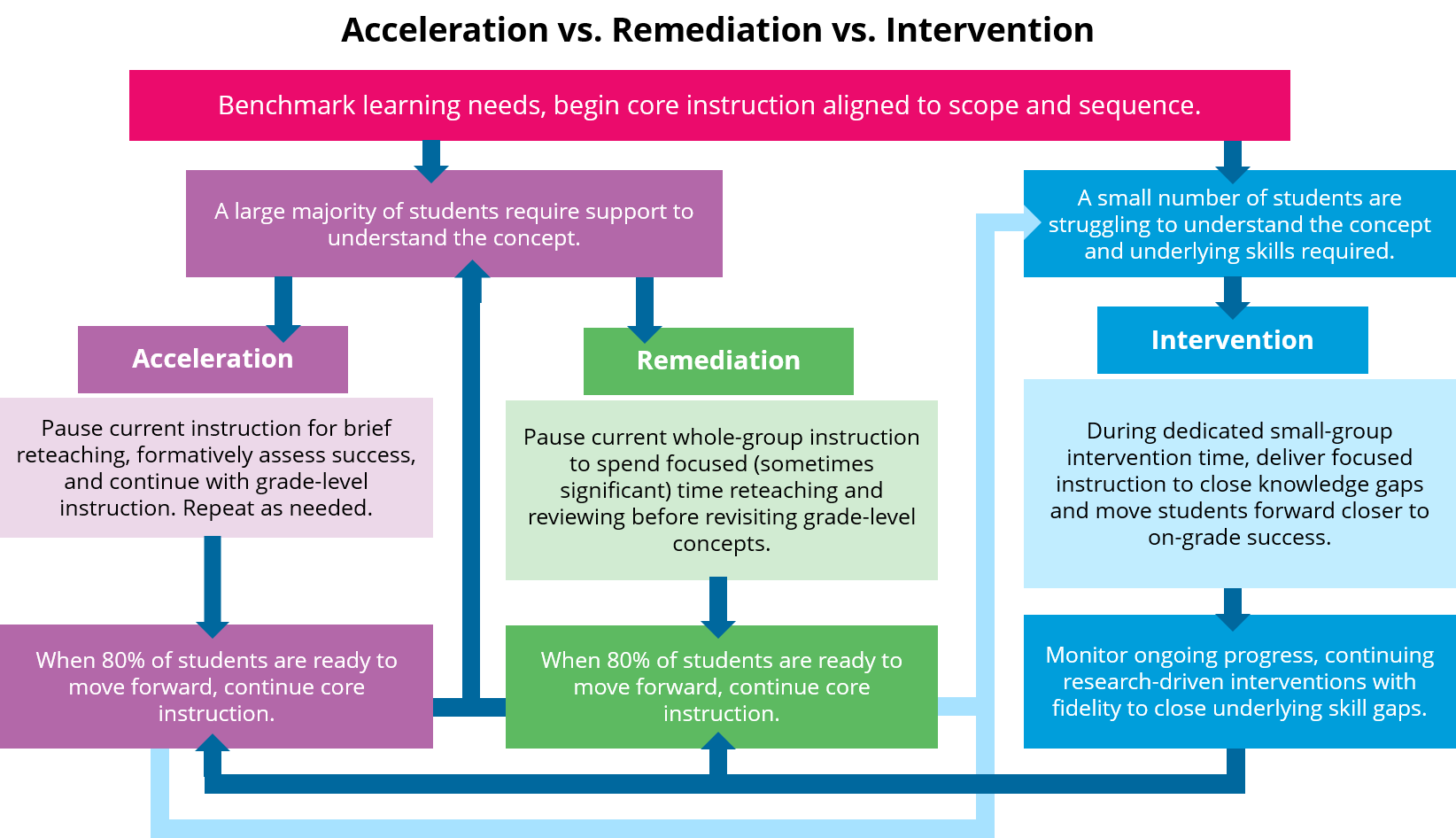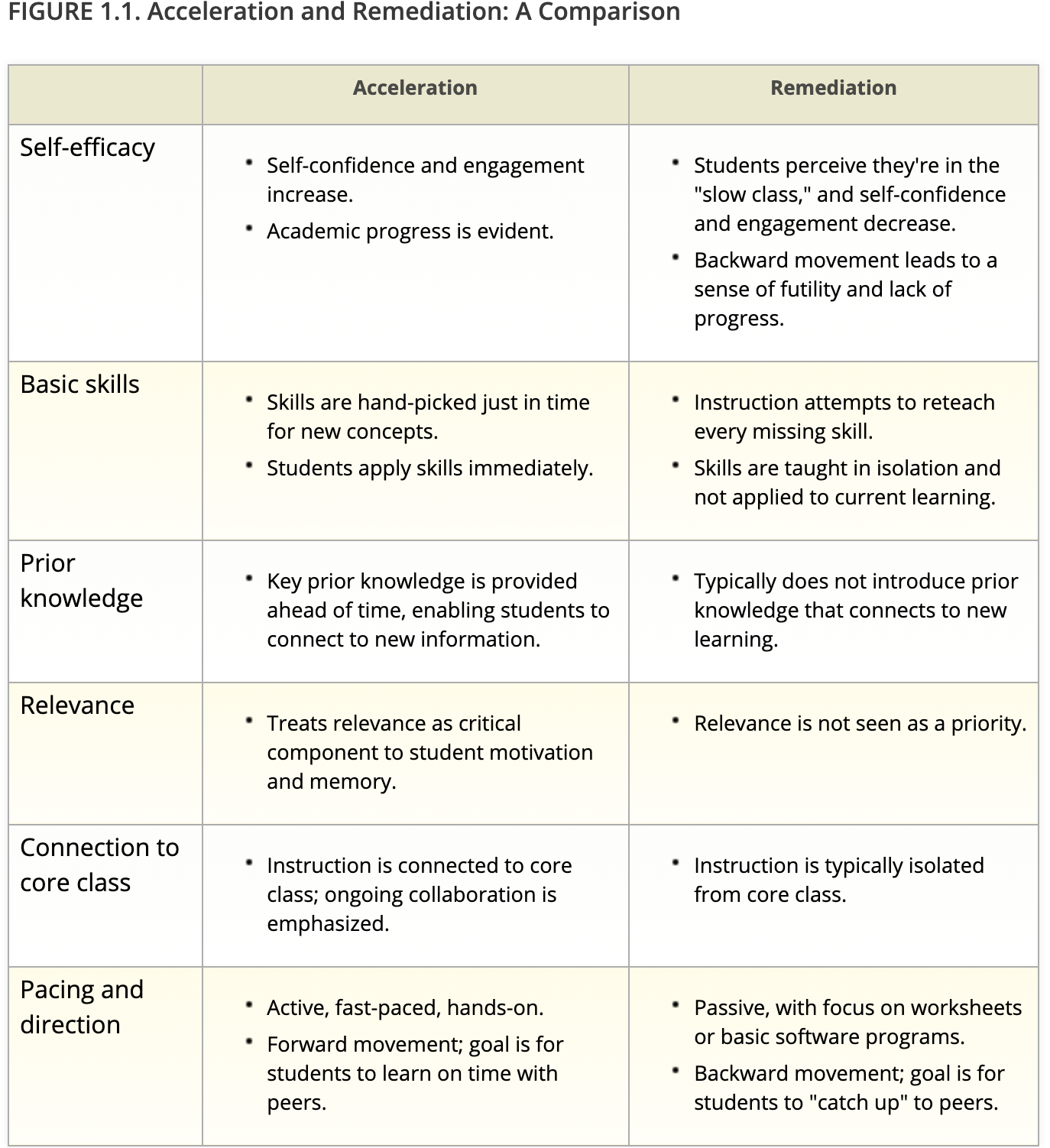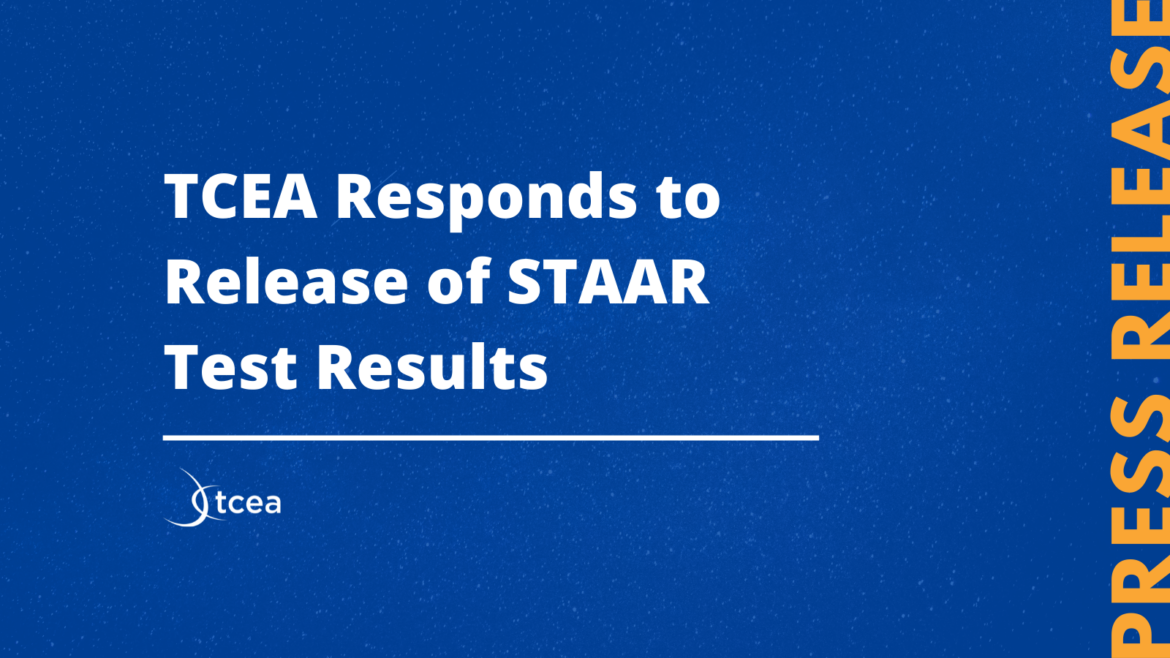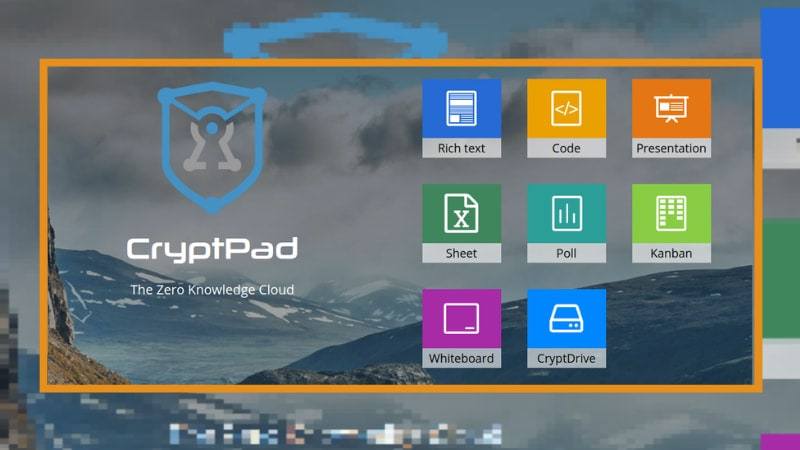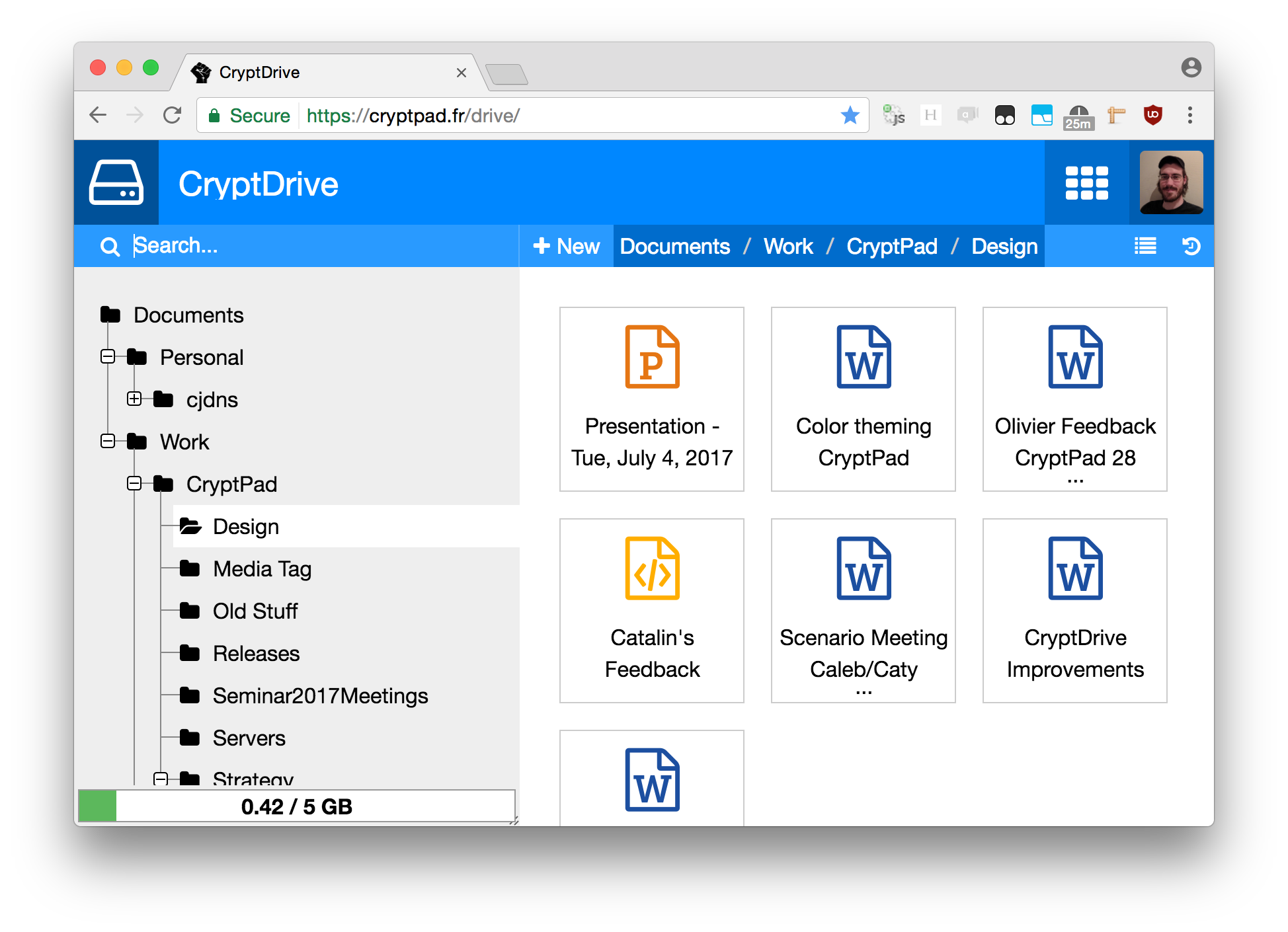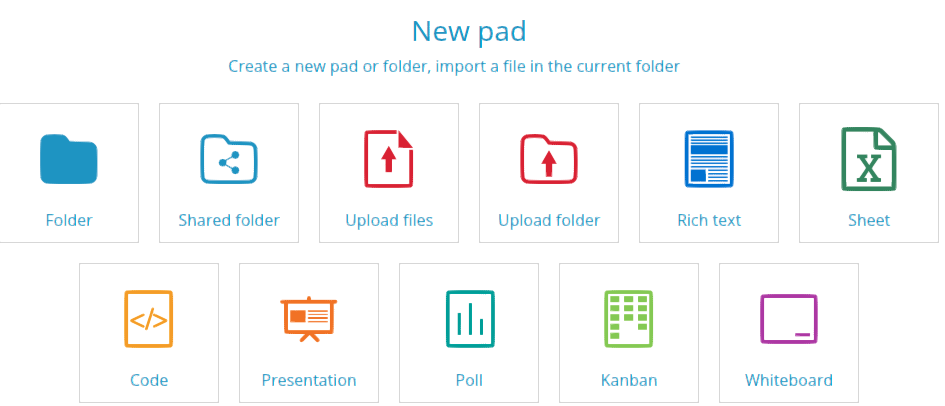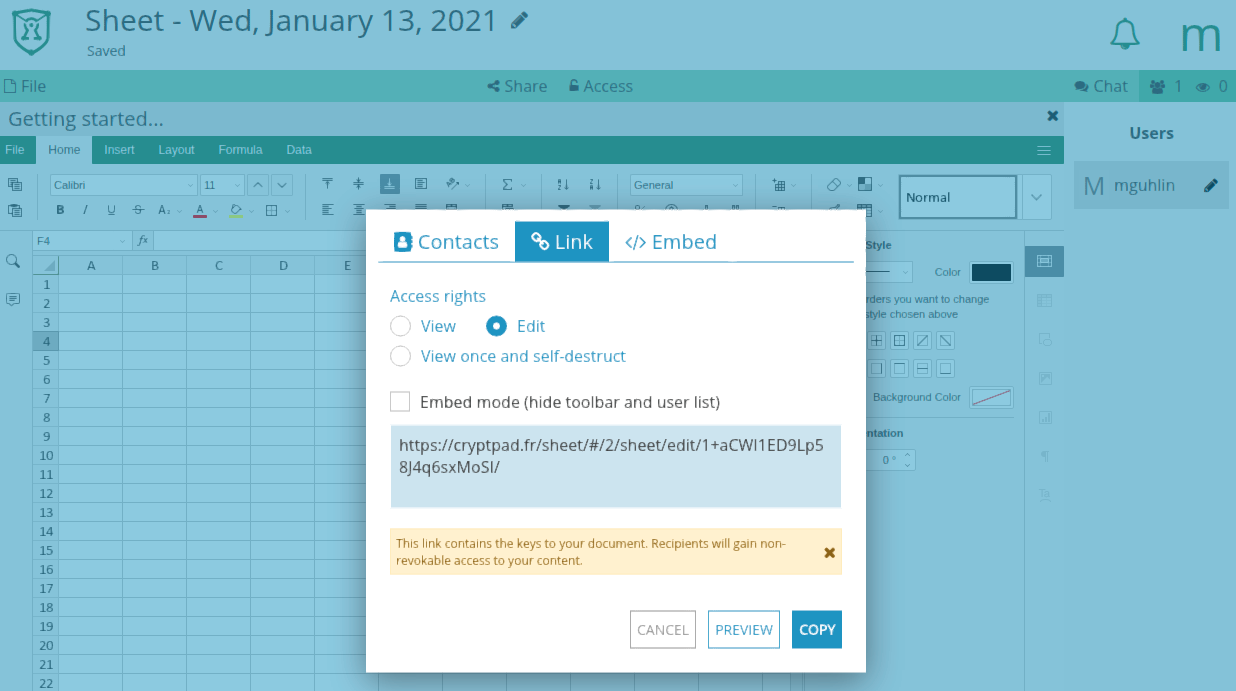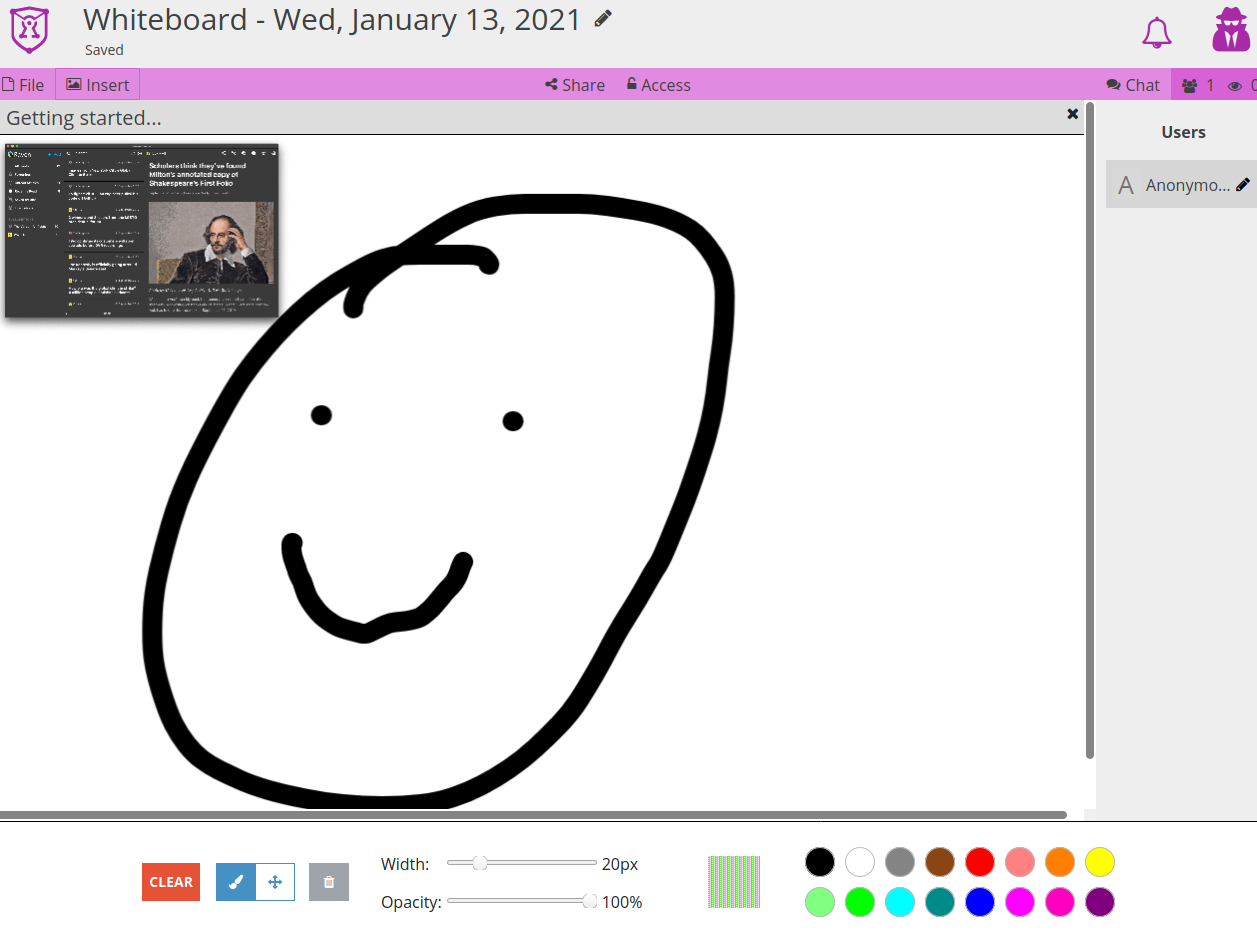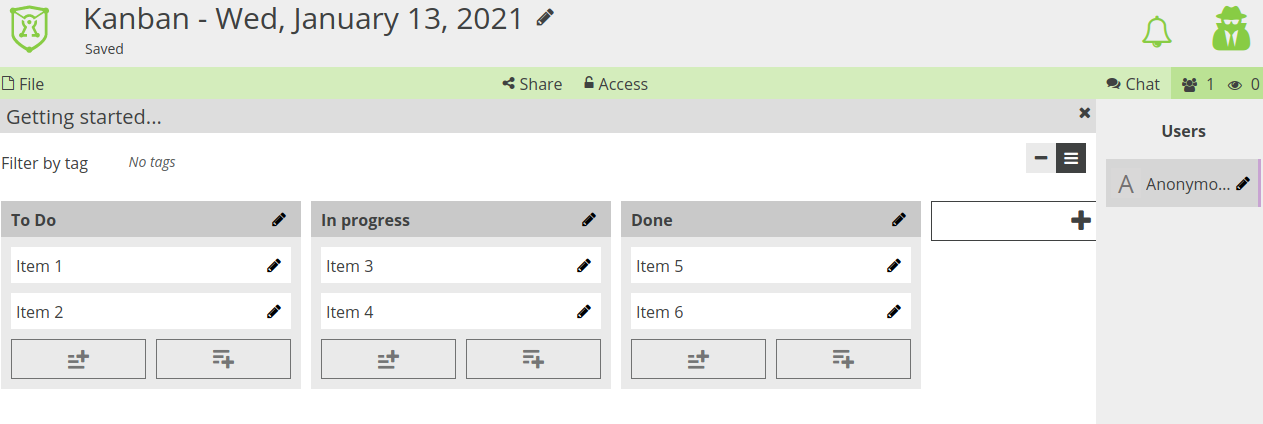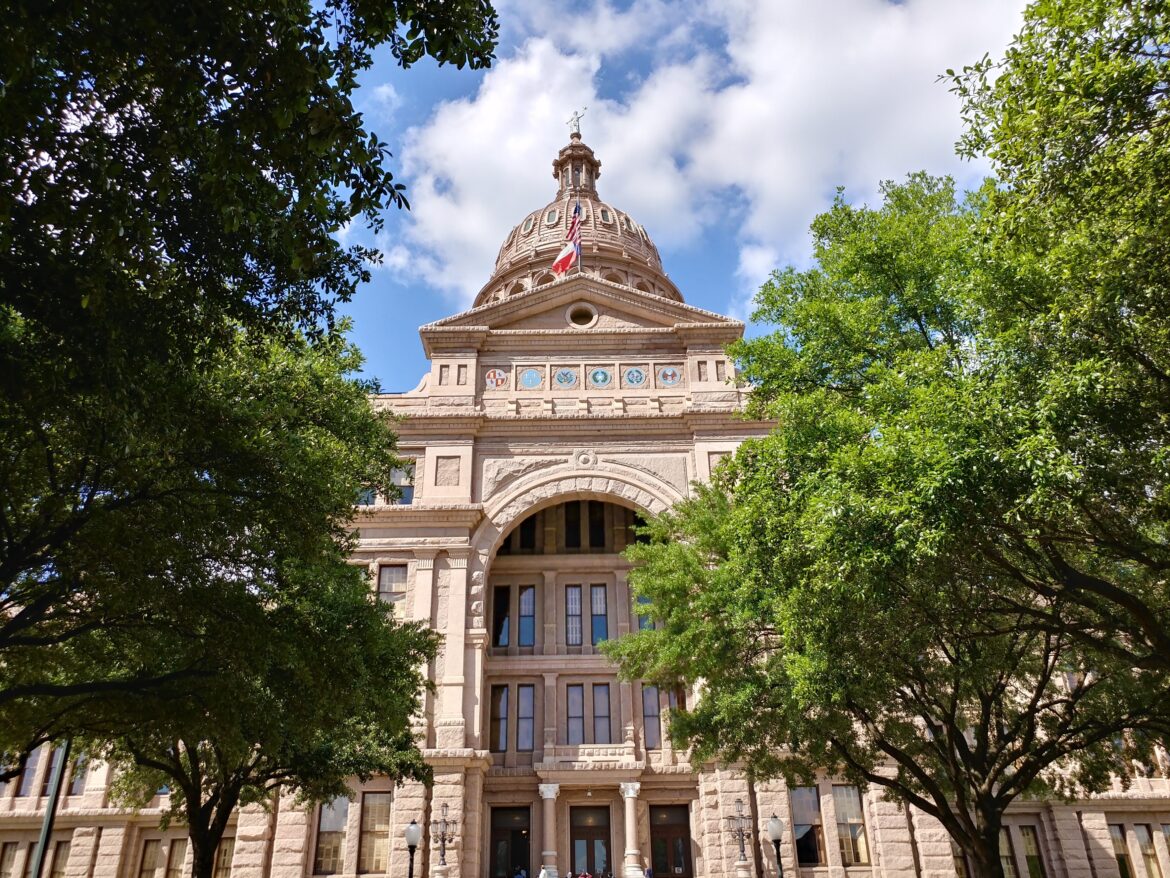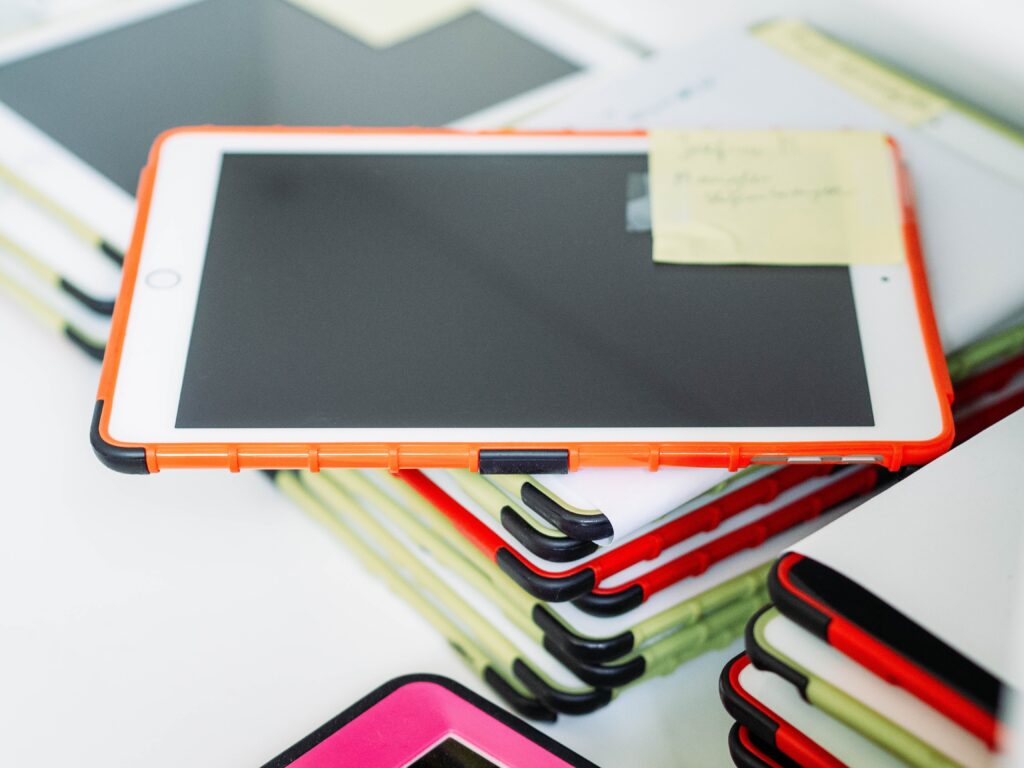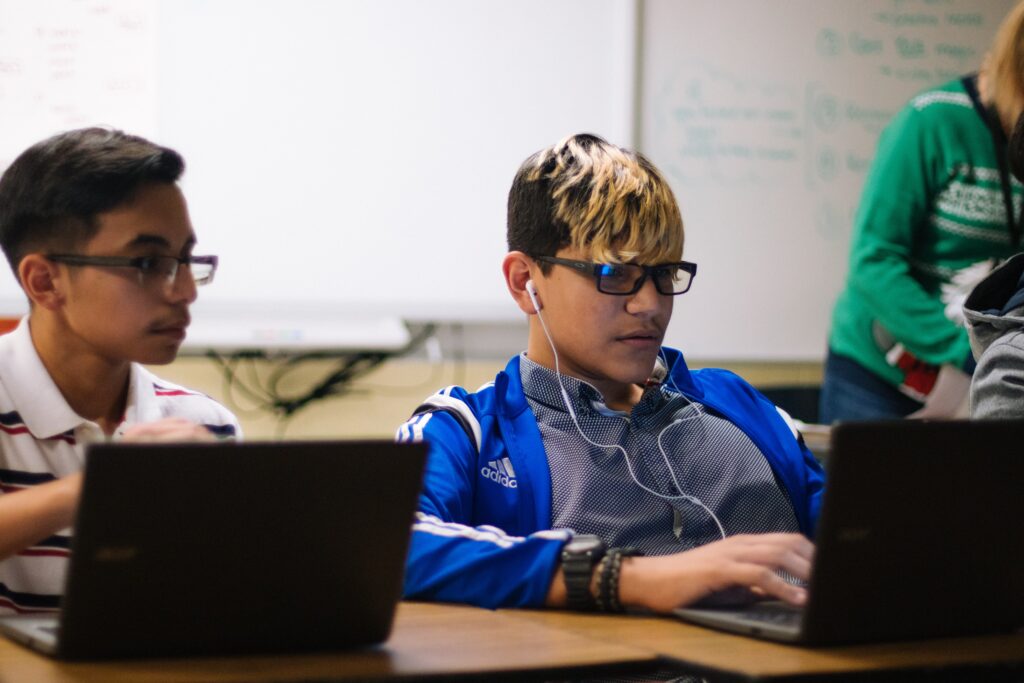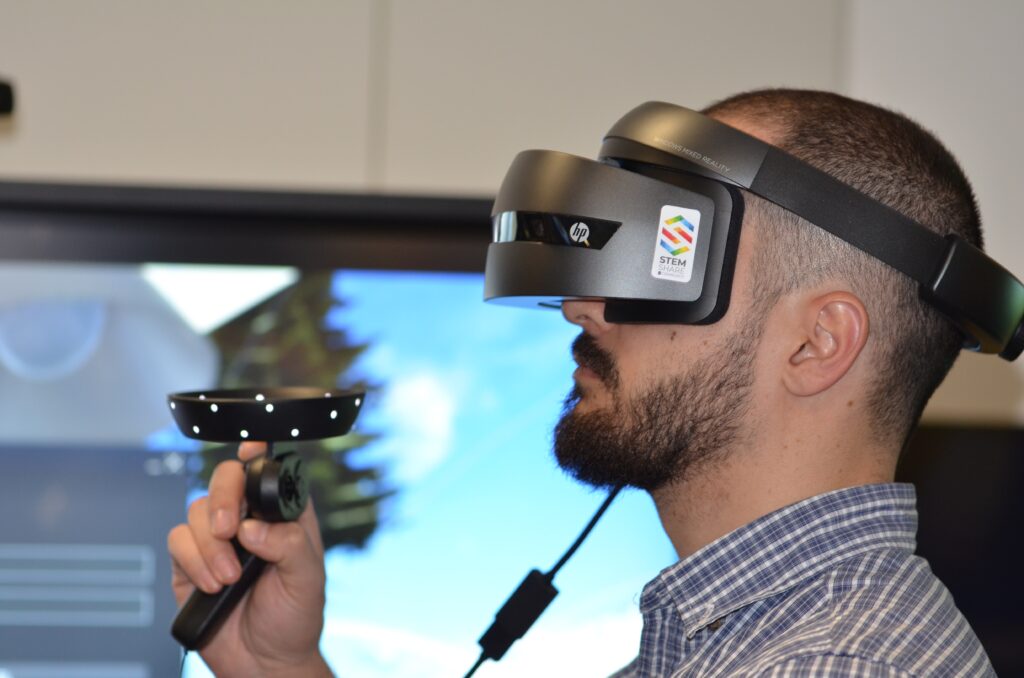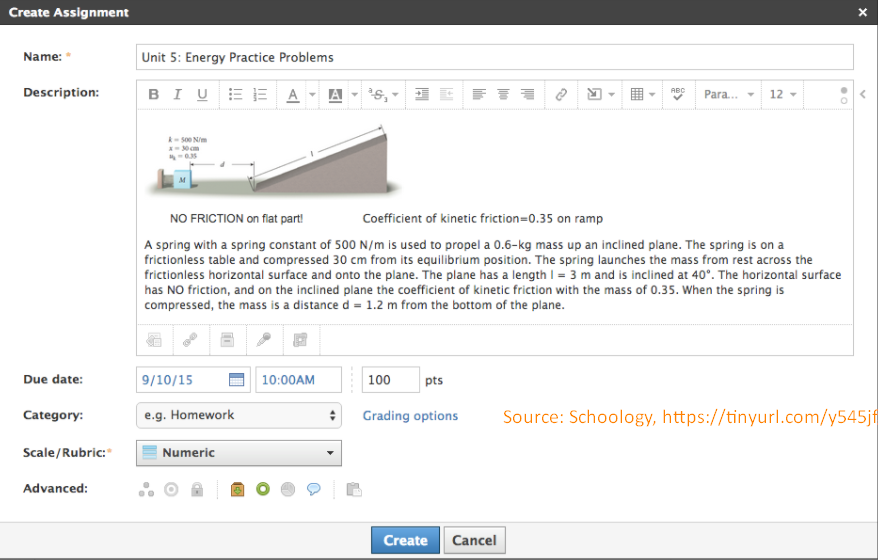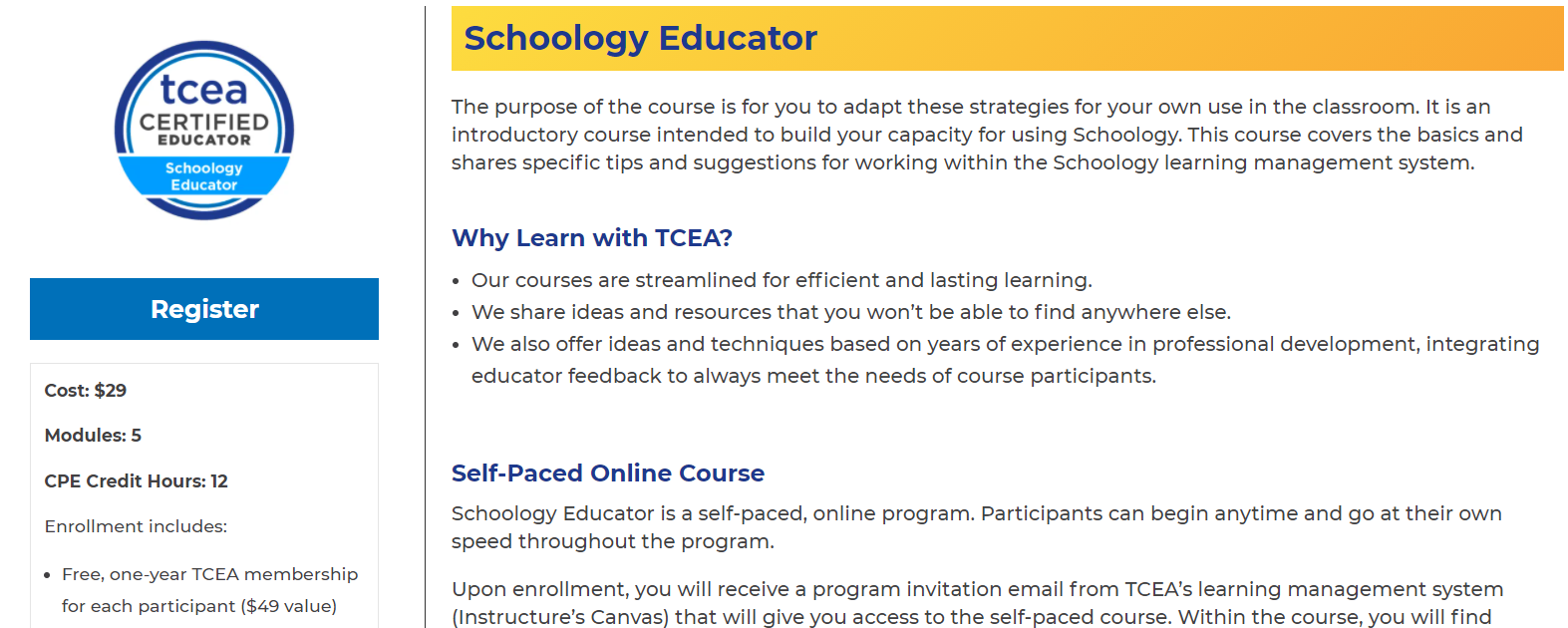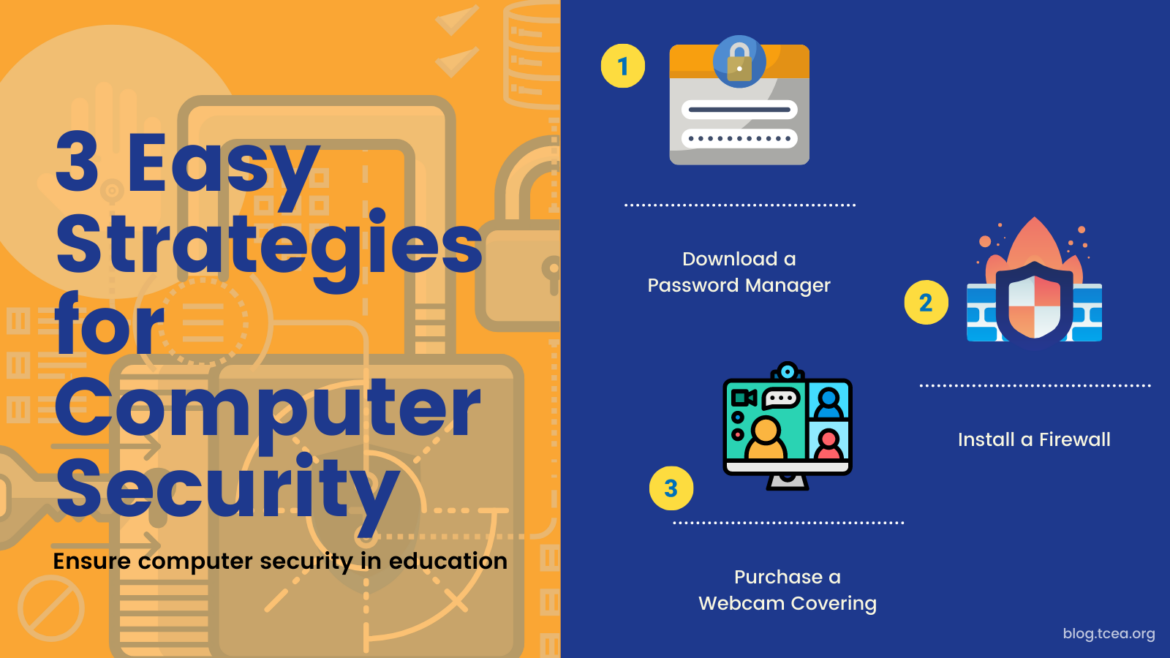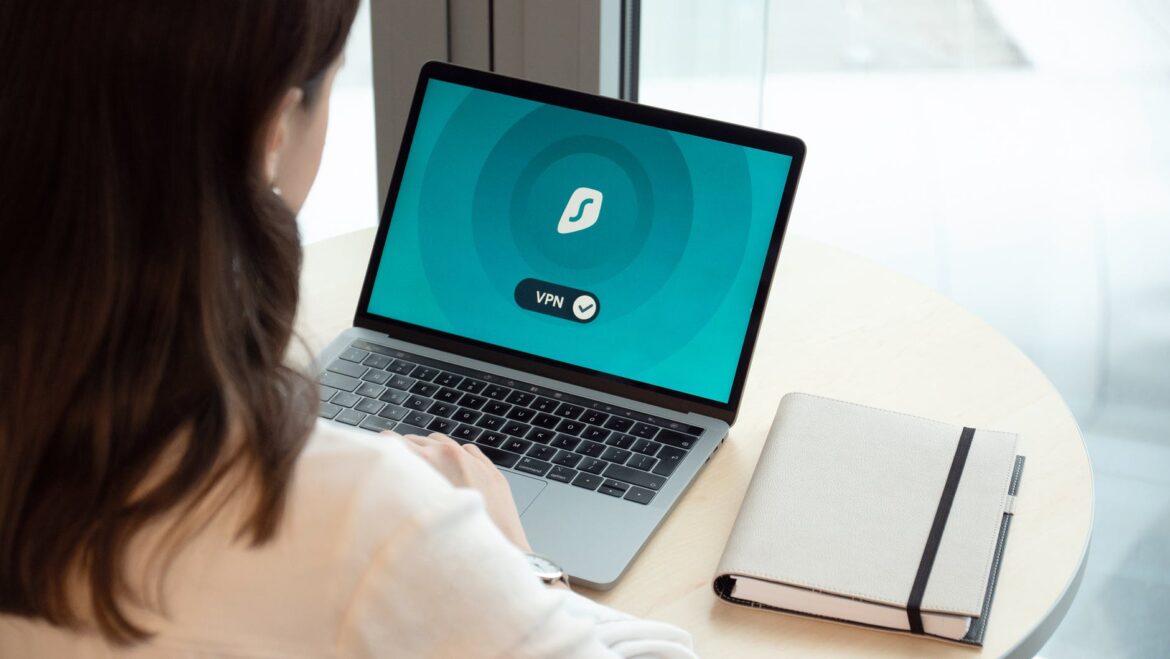School is already underway, teachers are scrambling to get their rooms put together, and administrators hope that this year will be easier than last year. District administrators have their plans in place and know where they would like to take the district over the next nine months. Many things may feel different about this year, but some things are constant…such as working to establish meaningful relationships with students early in the school year so that they feel more supported and are more likely to achieve their potential. Whether you are working to establish meaningful relationships with students or you find that your target audience happens to be other adults you work with, here are some tips to help make those relationships this year amazing.
What Research Says About the Importance of Relationships
Research tells us that students who have strong relationships with their teachers do better at school.
- Positive relationships are built on positive interactions. Each of these interactions has a powerful effect on the brain. When you authentically praise a student or have a positive interaction, the student’s brain releases dopamine.
- Social activities like talking and laughing cause the body to release the hormone oxytocin. This helps us to bond with others. Those bonds create a feeling that’s often called “psychological safety.” When students feel psychologically safe, they’re more likely to participate in class discussions, ask questions, try to do an assignment even when it’s hard, or talk in a tone of voice that’s appropriate for the situation.
- Research supports the idea that early relationships and interactions, including those with teachers, play a central role in shaping children’s behavior and social skills. Whether you know it or not, your students are likely mirroring your behaviors. Your words and actions matter. Studies have shown that when people observe an action being performed, it activates some of the same neural pathways that would be active if they actually performed the action. This is called the mirror-neuron system. When people see an action first, they are able to perform the action more quickly than if they had not seen the action.
- Finally, here’s one easy change to make that will foster a closer relationship with your students. Research has shown that greeting students at the classroom door each day has both psychological and academic benefits. Engagement increased by 20 percentage points while disruptive behavior decreased by 9 percentage points—effectively adding an extra hour of learning to the school day.
Did you also realize that when teachers have meaningful relationships with students, the teachers benefit, too? You have probably heard that before, but have you thought about how to make tangible changes to what you do to improve and foster such relationships? It doesn’t mean that you have to adopt a student or send one to college…it’s way simpler than that and more life changing.
Recognize the Value of the Individual
Few of us would like to repeat those formative years if we were given the opportunity. If you are fortunate, you can recall one distinct teacher that noticed you and worked to make you feel seen and valued. Rita Pearson, in her TED talk Every Kid Needs a Champion, extolled the value of relationships with students. She clearly understood that students were different, but they all had value. She also recognized that too few people in their lives recognized and communicated that value to the students. In a discussion she relates with a teacher, Rita says that students don’t learn from people they don’t like. For the full impact, I highly encourage you to watch the YouTube video.
Rules without Relationships Equal Rebellion
Josh McDowell, in one of his many conversations with and about parenting, states that, “Truth without relationships leads to rejection, rules without relationships lead to rebellion, discipline without relationship leads to bitterness, anger, and resentment.” Though he is speaking to parents, the rule holds true for other authoritarian figures in a child’s life such as teachers, principals, and other overseeing adults. This year, instead of posting some disconnected rules on the wall for your students to follow, have a conversation with them and encourage the group to come up with relevant classroom norms and how they will be supported by the group, not just the teacher. We can have all the rules in the world, but if we don’t understand where our kids are coming from and what they are dealing with, we may inadvertently cause more harm because of the lack of grace and insight we show to them.
Connect with Each Student Individually
David Jamison received viral notoriety because of his efforts to connect specifically to each student. You may have seen, via the episode of The Today show a few years ago or on YouTube, how he learned a handshake specific to each student when they arrive every morning to go to his class. If you are teaching 175 students a day, you may find this rather overwhelming. But let me encourage you to consider how you could tweak the same concept and have it work for your students so that they know when they arrive at school they have you on their side and nothing can stop them because of that.
Conduct an Interest Survey
in order to get to know your students better, consider creating an interest survey in Google or Microsoft Forms for your students. Ask them a variety of open-ended questions such as:
- What do you enjoy doing when you are not at school?
- What do you want to be when you grow up?
- What are you excited about this year?
- What worries you about this year
- Is there anything else you would like me to know?
Asking such questions can give you insight into experiences and situations that may help you better differentiate instruction for your students. Let them know that the survey is private, but that you would appreciate them sharing with you so that you can craft a very engaging and meaningful learning experience for them in your class. If you’re not sure where to start in creating an interest survey form, check out these Google search results to get you started or you can look at various images to get an idea of questions to ask.
So, how will you communicate value and build relationships this year with your students and/or peers? Leave us a comment below and let us know how you are making this happen in your classroom.



